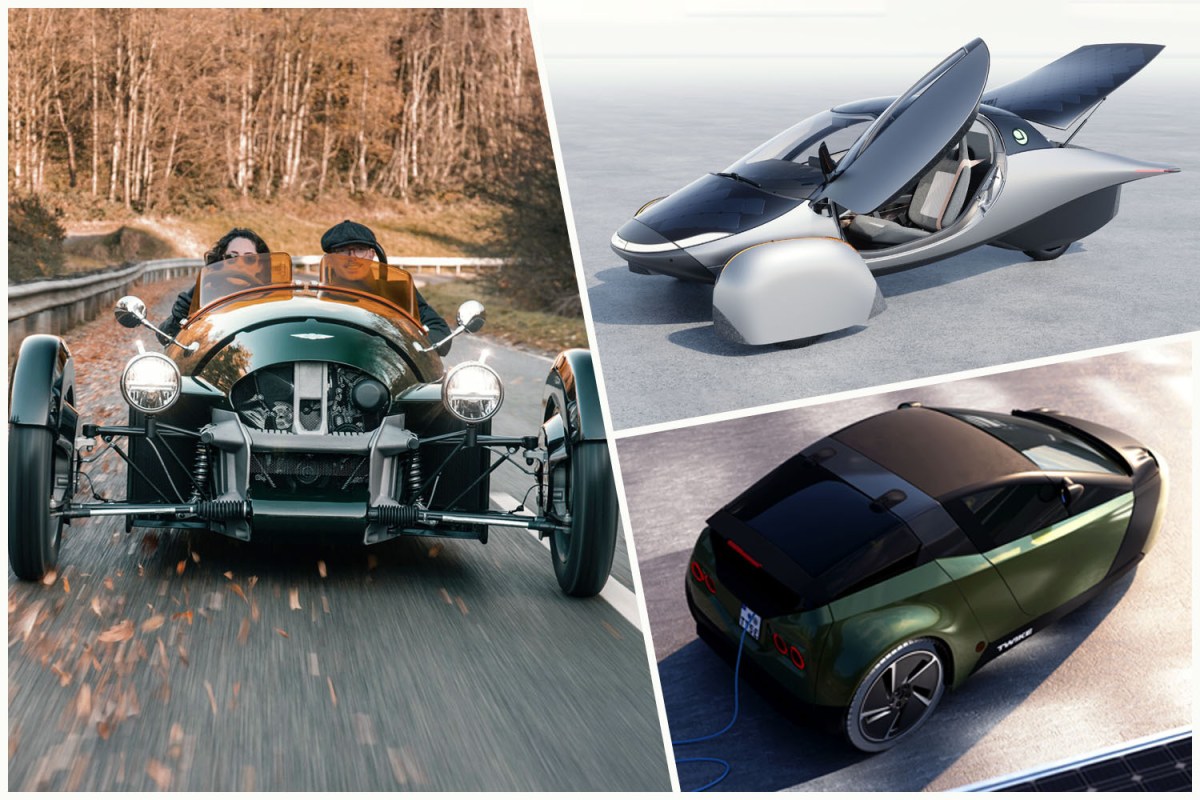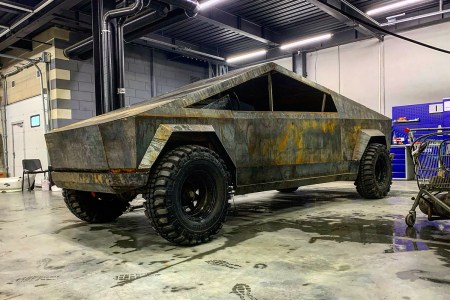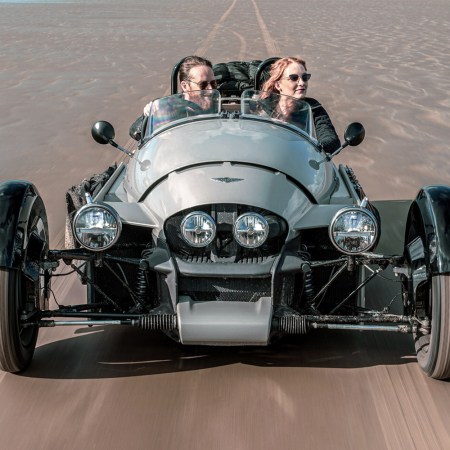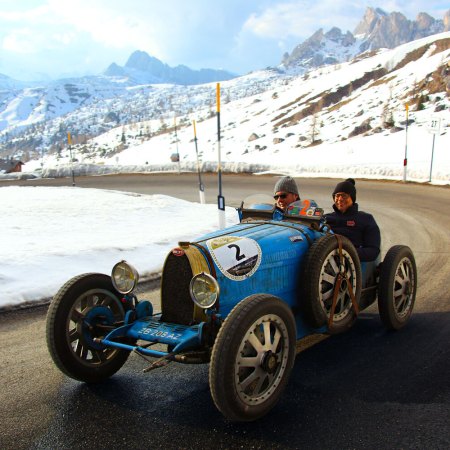Steve Fambro admits that sometimes people look at his car slightly askance.
“The car industry has what you might call these sunk costs as to how a car should be made — in terms of plant material, in terms of the use of steel, but also in as far as how a car should look,” says the CEO of mobility startup Aptera, which aims to launch its first car by the end of the year. “And the fact is that car design as an industry focuses on rectilinear shapes with four corners, much as the furniture industry does too, with a wheel at each corner. It’s just a fixed way of thinking. It’s as simple as that.”
It says a lot that the most striking thing about the Aptera — despite its ingenious solar-paneled roof, despite its streamlined teardrop shape, despite it looking like something out of Blade Runner or Minority Report — is that it has three wheels, two at the front, just one at the rear. Why so? For a car that is pitching itself as eco-minded above all, “it’s all about efficiency,” says Fambro. Fewer wheels (among other savings) means less structure, which means less weight, which means less energy consumption and greater range.
“I don’t think a look like this would work for all vehicle types. It wouldn’t work for an SUV,” Fambro concedes, “but it works very well for an urban vehicle like this. A vehicle like this wouldn’t be possible without taking an unconventional approach to materials, construction methods and design. It’s just that three-wheeled vehicles are both distinctive and polarizing. At least it’s going to be instantly recognizable as an Aptera.”
Or, at least, as one of a growing breed of three-wheeled vehicles. Aptera is not alone in proposing a triangular instead of a rectangular vehicle as a more environmentally-sound option. Carver, for example, is a Dutch company offering a highly maneuverable, all-electric, roofed tricycle with an ingenious tilt system for cornering.
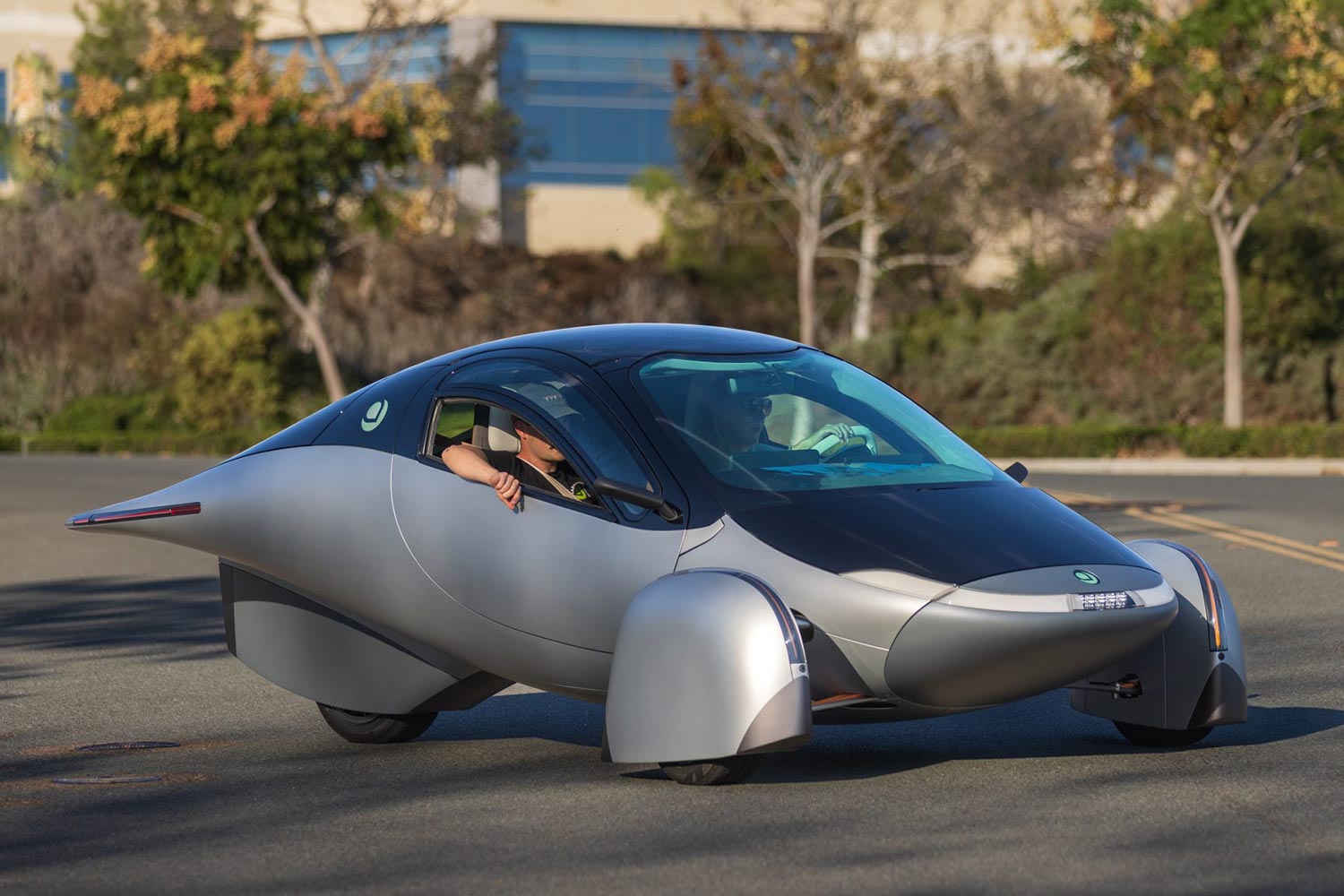
Indeed, the idea of an eco-trike is not a new one. The Swiss-German mobility company Twike, for example, started out in 1986 making a cult two-seater tricycle with bodywork before launching a car-like, electric-drive version way ahead of the pack in 1991. In between came the ill-fated Sinclair C5, the one-person recumbent electric tricycle created by the British home-computing pioneer Clive Sinclair. Now, Twike is developing its most modern take, the Twike 5, with a range up to 310 miles and capable of speeds up to 118 miles per hour.
“[With previous iterations of the vehicle] we’ve shown we can build a high-performance [three-wheeled] vehicle and have learned a lot from that process,” says Martin Moescheid, CEO of Twike, the company name a portmanteau of “twin” and “bike.” “We know that every kilogram saved is a plus in range and, being lightweight, in terms of energy efficiency. We always say that it has the genes from the motorcycle and from the car, and that’s how it drives.”
Three-wheelers are such a rare sight today, it’s hard to imagine that this type of platform was the original conception of the car: Leonardo da Vinci’s design for a clockwork-like, self-powered vehicle of 1475 had three wheels; Richard Trevithick’s “puffing devil,” a steam-powered machine of 1801, had three wheels; Carl Benz’s Motorwagen of 1885, arguably the first car, had three wheels too.
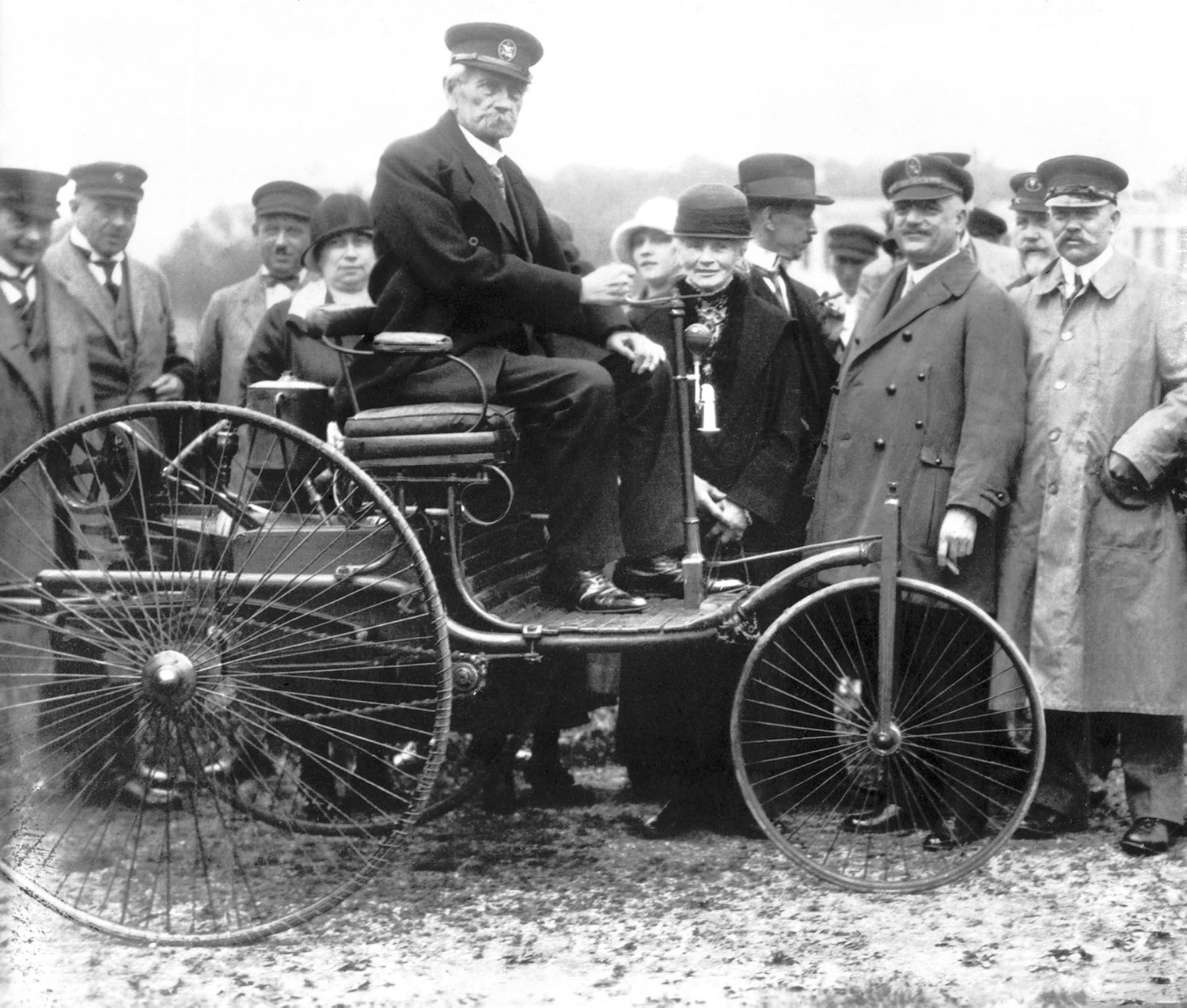
In more modern times, major manufacturers have explored the benefits of the three-wheeler’s compact size — easier to park, easier to get around increasingly congested cities — and relatively cheap running costs too. Some models were made, briefly, by industry giants like Peugeot, BMW and Bugatti, while others were the startups of their day, and some died quickly as startups can.
There is the long-forgotten Davis Motor Company with its convertible Divan, which was based on a three-wheeled roadster custom-built for Chase Bank heir Joel Thorne. The Peel P50 was a pioneering British fiberglass monocoque micro-car of the early 1960s — once the smallest production car ever made, and advertised, perhaps not so winningly, as having enough room for “one adult and one shopping bag.” It’s still available made-to-order.
Why Are People Building Their Own Tesla Cybertrucks? We Asked Them.
What do Russian YouTubers, a Bosnian businessman and an Arizona EMT have in common? Homemade Cybertrucks.And then there were the three-wheelers produced by Bond, another British company, with its series of Minicars from the 1940s through to the late 1960s, the coolest of all being the bright orange Bond Bug. This was designed by Tom Karen, who could also lay claim to having created not just the elegant Reliant Scimitar fastback and the Reliant Robin (at 65 years old, the longest-running production three-wheeler), but other non-automotive classics like the Raleigh Chopper bicycle and the Bush TR130 radio.
The vehicle most people will recognize from Karen’s resume, however, will be Luke Skywalker’s Landspeeder, which was built around the chassis of a Bond Bug. As Ray Wiggin of Reliant, the Bond Bug’s later manufacturer, noted at the time, “The fact that [the Bug] has three wheels is quite incidental. It’s a new form of transport. We think it’s going to appeal to a much wider section of the market than we originally envisaged.”
Unfortunately for Wiggin, only 200 Bond Bugs were made, the company going on to develop — what else? — a prototype four-wheeled Bug, which they hoped would have wider appeal. Maybe that is the problem at the heart of these triangular ambitions: If the car industry is, as Fambro argues, locked into its outmoded ways of doing things, are car drivers equally locked into their outmoded notions of what a car should look like?
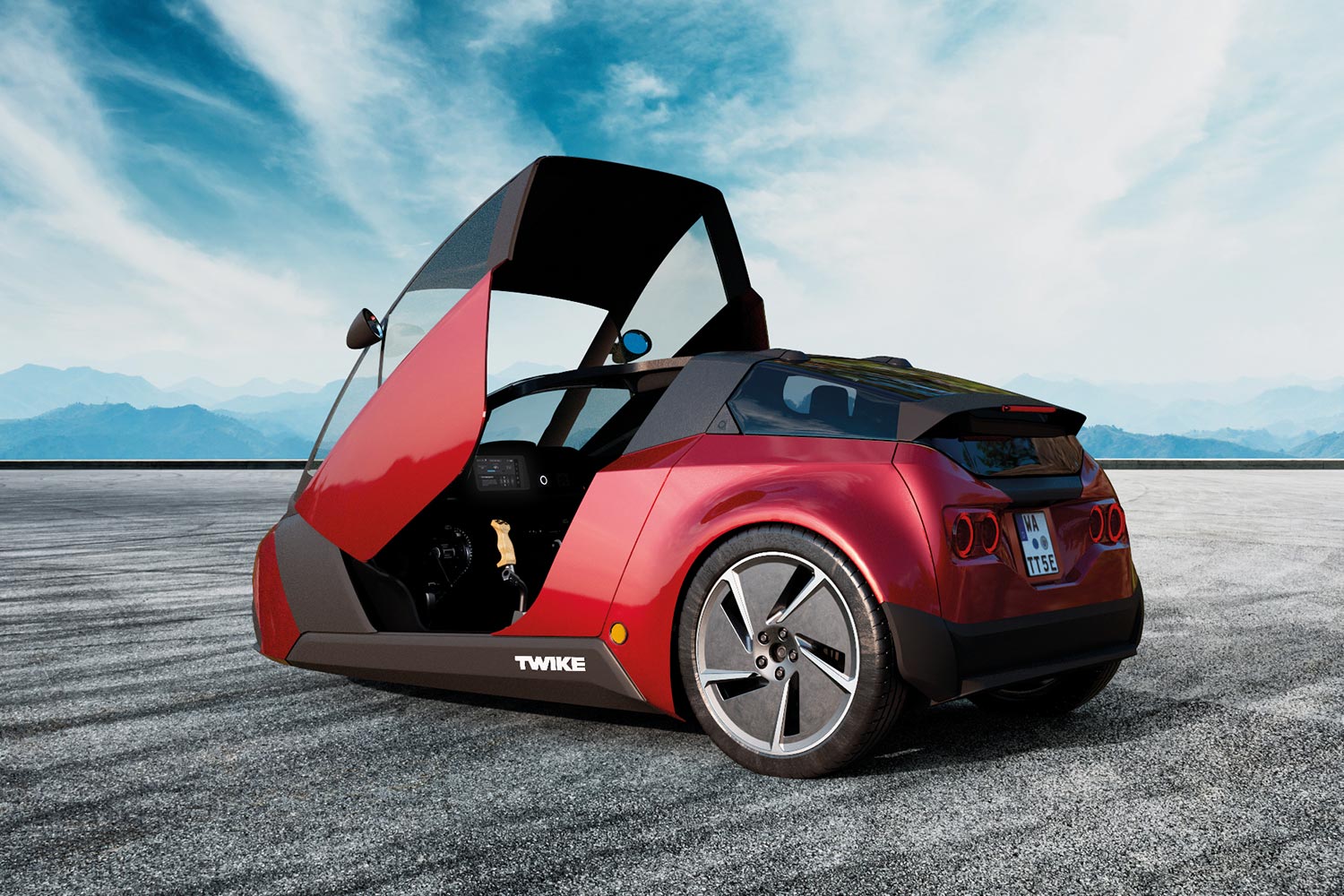
Perhaps that’s why, alongside Aptera and Twike, with their eco-credentials, other young manufacturers of three-wheeled vehicles are pushing a different USP that’s very much not about saving the planet. They see the potential of lightweight, fast, open-topped, low-to-the-ground vehicles to remind us of (whisper it) the fun that driving can be. Four wheels are good, three wheels are better for scaring the pants off your passenger. Think road car reimagined as go-kart.
In this high-octane department, you’ll find the Ace F-6 Cycle-Car from Liberty, the Santarose from Vanderhall, the T-Rex from Campagna and the Polaris Slingshot.
That, according to Chris Sergeant, Polaris vice president, is very much their point. In one of their Slingshot hybrids — somewhere between a motorcycle and a car — “you’re going to be buffeted,” he says. “You’re going to hear the wind and feel the road. If most modern cars aim at offering a living room experience, this is more about it being another way to experience the visceral joy of the journey again. There is a market of people who are looking for that experience, or to make a statement.” In other words, these vehicles take the utility out of driving and aim to put the fun back in.
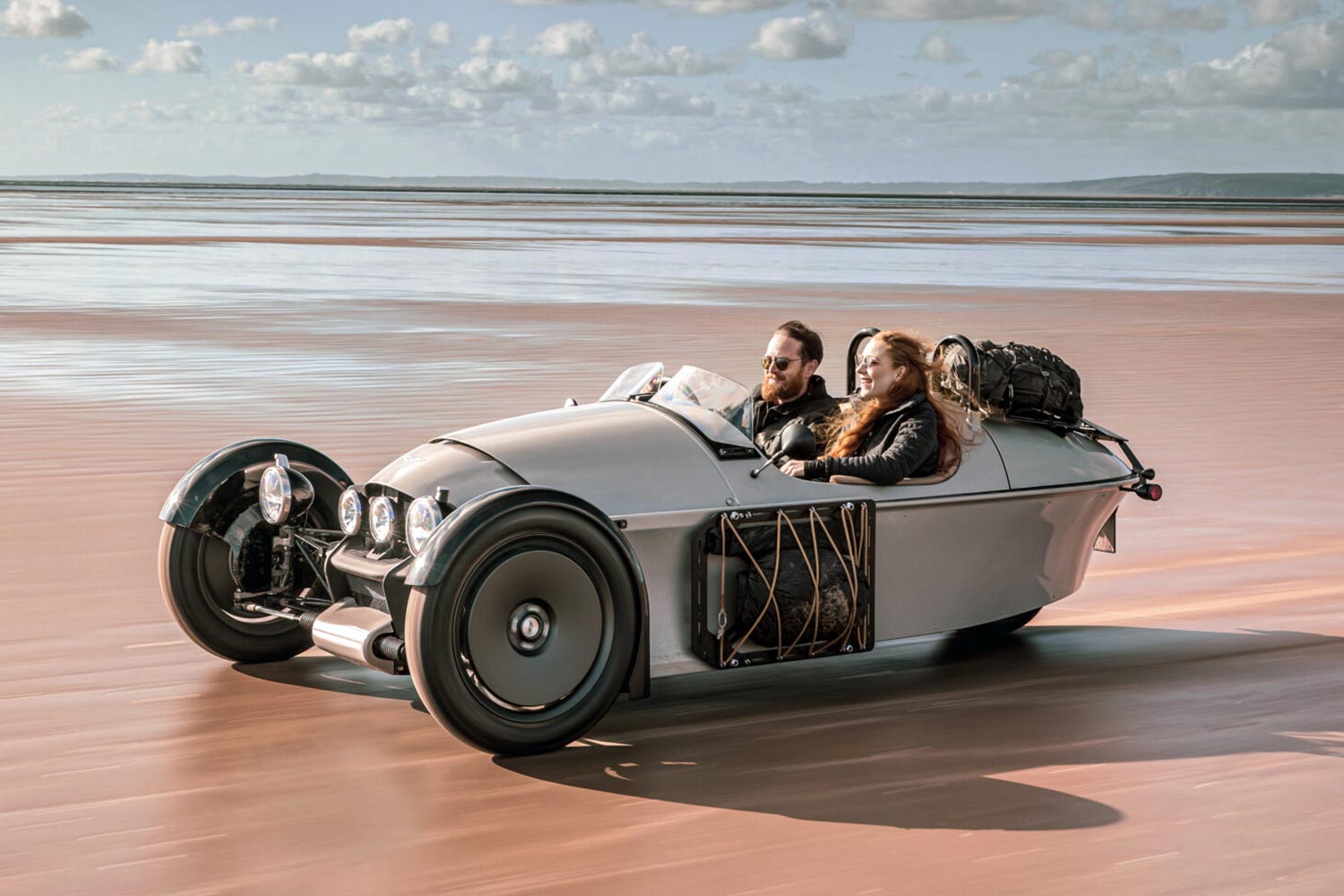
Toby Blythe agrees. He’s the chief marketing officer of the venerable Morgan, the British car manufacturer founded in 1910 and best known for its spoke-wheeled, open-topped, post-war roadsters like the +4 and the +8. But look further back into the company’s history and it started out making two and four-seat three-wheeled cars — because lower production costs made them more accessible — doing so until the 1930s, when more and more inexpensive four-wheeled cars came onto the market. Once again, four wheels appeared to have the greater appeal.
All of which leaves you wondering: why does Morgan’s latest offering, the Super 3, come with all of its signature period styling, a Dragon inline engine, five-speed manual gearbox, cast aluminum body and, you guessed it, only three wheels?
“Back in the beginning, three-wheeled cars were all about providing affordable transport for the masses, and I think now there’s a market for them to address practical mobility needs too. But that’s not what we’re about,” says Blythe. “I understand why there’s always been a degree of resistance to three-wheeled cars. Four-wheeled cars are so ubiquitous there’s a sense of ‘what’s the point of them?’ But the fact is that you don’t get the same driving experience from a four-wheeled car as you do a three-wheeled one. They’re all about escapism.”
This article was featured in the InsideHook newsletter. Sign up now.
